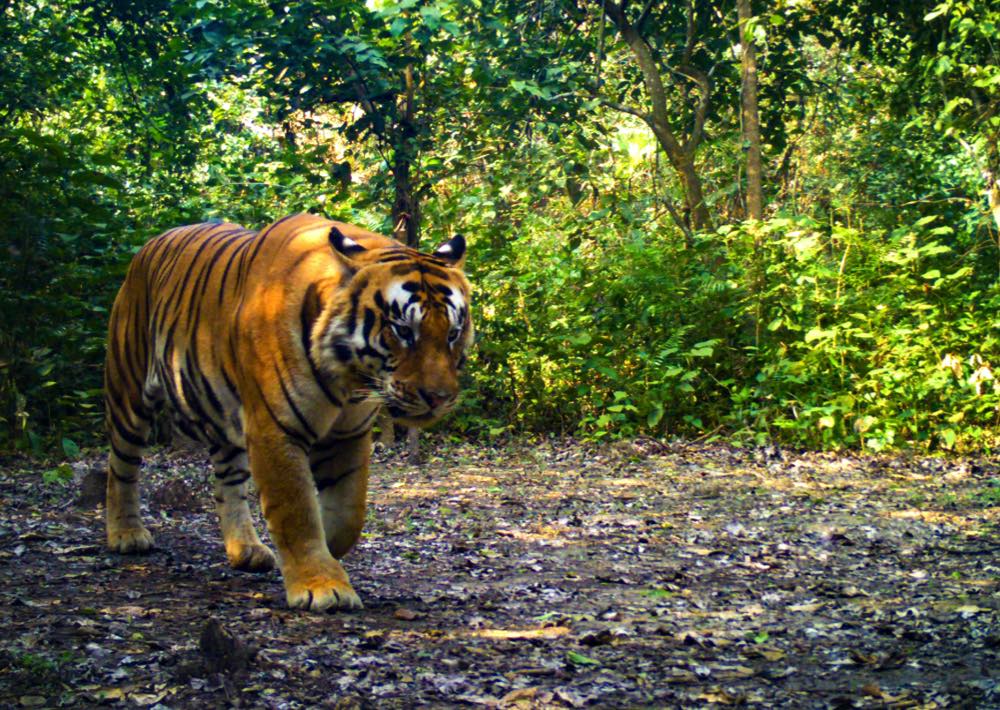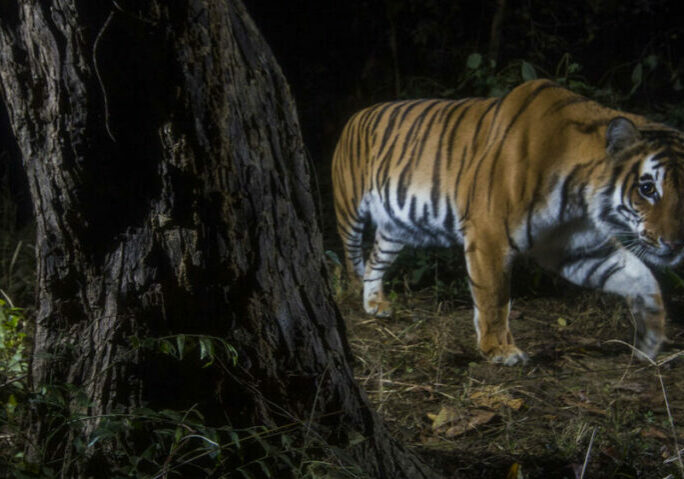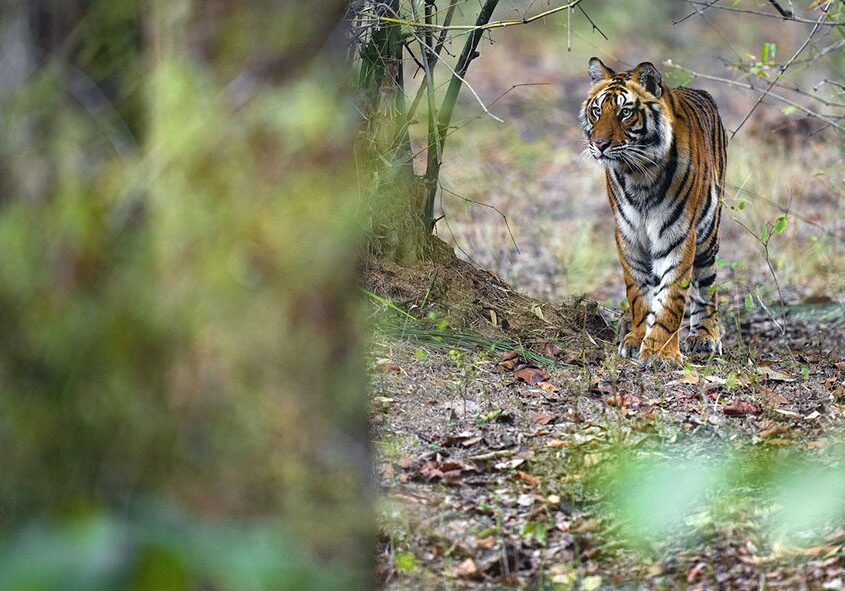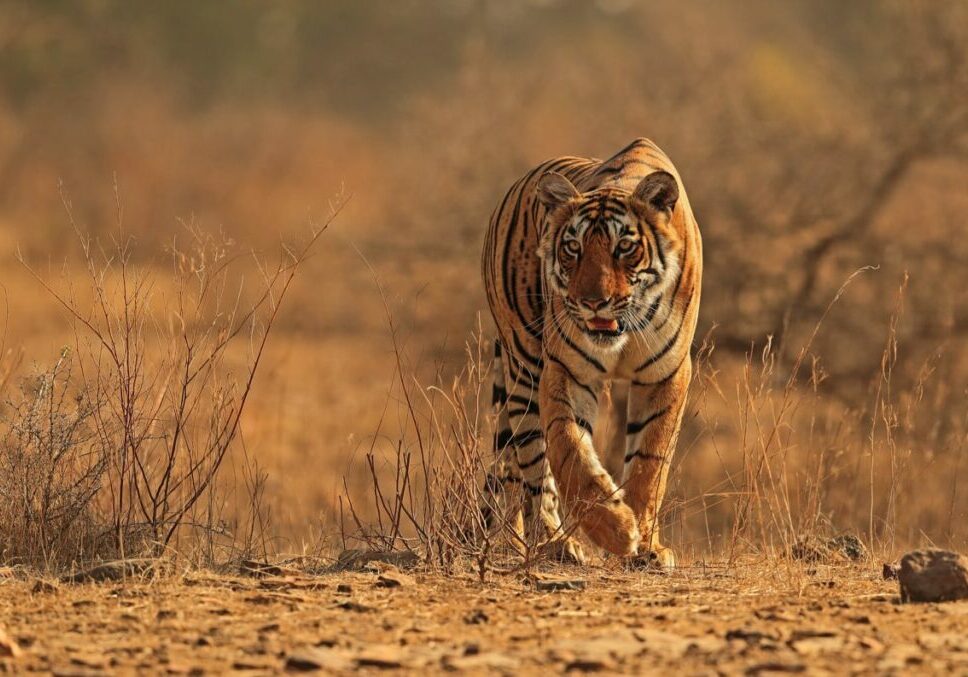The latest lunar Year of the Tiger in the Chinese zodiac was a big moment in tiger conservation. Back in 2010 – the previous Year of the Tiger – countries that were home to wild tigers set an ambitious goal of doubling tiger populations in 12 years.
That target – known as TX2 – may not have been reached in 2022, but the overall tiger population is on the up. And some sites have shown just what’s possible, recording dramatic increases in their tiger numbers.
In Bardia National Park, Nepal, the tiger population has leapt from fewer than 20 in 2009 to almost 90 in 2018 – an astonishing achievement in this densely populated region.
Sathyamangalam Tiger Reserve, which was created in 2013, is now home to around 80 tigers, up from 25 less than a decade ago. Located in India’s Western Ghats mountains, Sathyamangalam connects with two other protected areas, supporting one of the largest wild tiger populations in the world. Protecting and connecting large areas of tiger habitat has been one of the key strategies in striving for the TX2 goal.
The two sites were presented with a TX2 award in 2022 in recognition of their achievements. In both cases, the involvement of people who live alongside the protected areas has been crucial to their success. In Bardia, for example, community teams are involved in monitoring tiger and prey populations and conducting anti-poaching patrols.

© WWF-NEPAL
Another award-winner was the transboundary Khata corridor, which links Bardia National Park with Katarniaghat Wildlife Sanctuary in India, providing a safe passage for tigers and other animals between the two protected areas. Over the previous five years, 46 different tigers had been detected using the corridor, along with other threatened species including Asian elephants and greater one-horned rhinos.
Again, community involvement has been critical. The corridor comprises a network of 74 community-managed forests covering more than 200 sq km.
“This demonstrates what can be achieved through long-term commitments to tiger conservation,” says Stuart Chapman, WWF’s TX2 initiative lead. “The dedication of field teams, conservation partners and communities living with tigers is behind these extraordinary results.”
Tiger-range countries are in the process of developing new goals for global tiger conservation over the next 12 years. With your help, we’ll be working with them to enable wild tigers to thrive alongside people.
Help us do more
You can continue to support our work to protect wild tigers by adopting a tiger.
More to explore

Photo story: India’s corridor of life
Thanks to your support, wild tigers are able to roam between the forests of Nepal and India, and local communities can coexist with big cats

